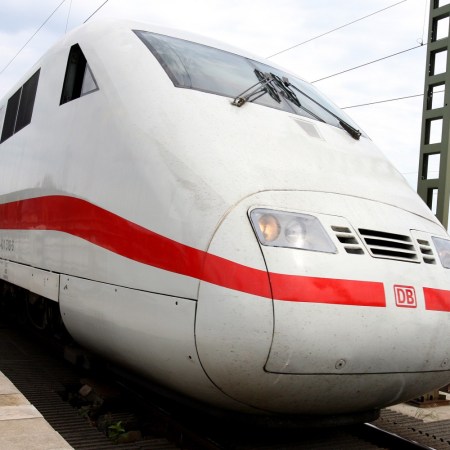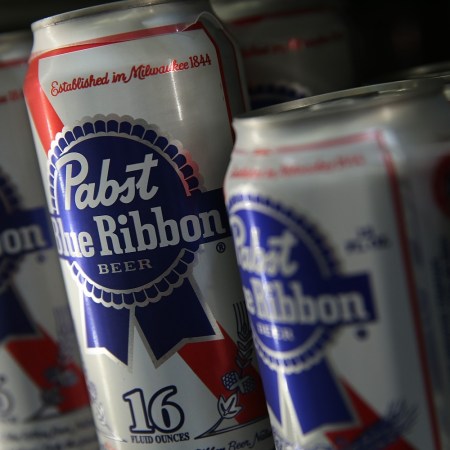The modern world is one where plenty of people love to travel — and where low airfares have made it easier for more people to venture to more places. But the modern world is also one where air travel itself is under greater scrutiny for its environmental impact. Environmental activist Greta Thunberg has become a high-profile example of people avoiding flying altogether, while the French government recent banned some flights on routes where a viable rail travel alternative exists.
Is it possible to have it both ways — to allow people the increased mobility that comes from air travel, but with a reduced environmental impact? The French government’s law offers a hint at one significant way forward — namely, what if there was a way to replicate the speed of modern aviation without its effect on climate change?
In a new article at Euronews Next, Aisling Ní Chúláin explored the efforts to get high speed rail up and running in Europe. If successfully deployed, experts in transportation believe that it could offer a viable alternative to the short haul flights that currently carry passengers to various points on the continent.
The article focuses on the efforts of Shift2Rail, an EU organization dedicated to, in Ní Chúláin’s words, “[establishing] a Single European Railway Area (SERA).” What could that mean? Imagine an hour-long trip via rail from Paris to Berlin, for example.
The head of the agency, Carlo Borghini, told Euronews Next that its goals include standardizing rail travel and increasing the network’s capacity. Its next step? Looking into technological advances — Ní Chúláin notes that both Hyperloop and maglev could make rail speeds on a par with flights — and superior to them when it comes to emissions and energy efficiency.
Thanks for reading InsideHook. Sign up for our daily newsletter and be in the know.


















